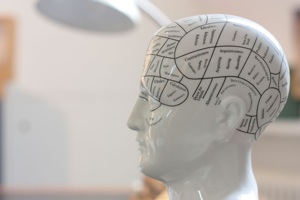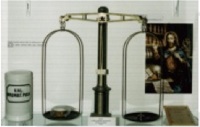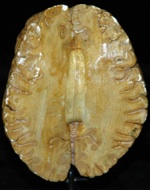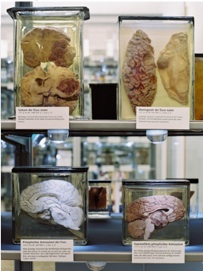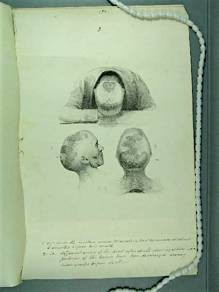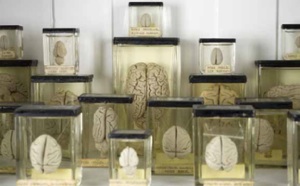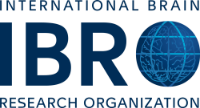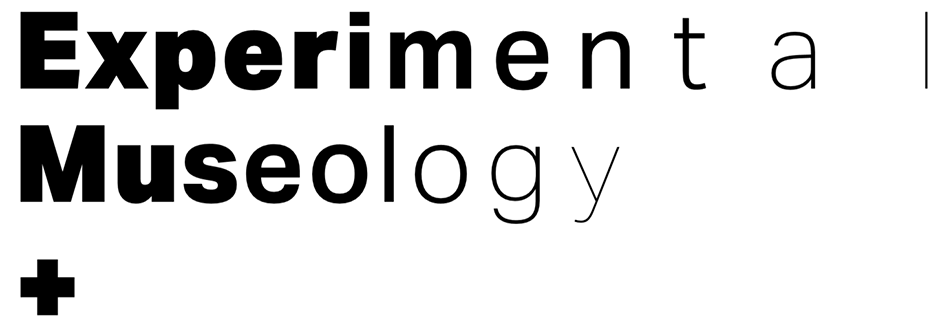Germany | Konstanz |
| Website |
|
About Korbinian Brodmann was born on 17 November 1868 in the small village Liggersdorf as son of the farmer Josef Brodmann. He is still worldwide well-known as a pioneer of brain science. The results of his research are known for the “Brodmann Areas”. The Korbinian-Brodmann-Museum opened in 2009 when Brodmann’s famous monograph, “Vergleichende Lokalisationslehre der Großhirnrinde in ihren Prinzipien, dargestellt auf Grund des Zellenbaues” (The principles of comparative localization in the cerebral cortex based on cytoarchitectonics), was published 100 years ago. The book is one of the major ‘classics’ of the neurological world. To this day it forms the basis for localizaion of function in the cerebral cortex, with Brodmann’s areas still widely used. Indeed, his famous maps of the cerebral cortex of humans, monkeys and other mammals must be among the most commonly reproduced figures in neurobiological publishing. (The book is still available in English language as „Localization in the Cerebral Cortex“- translated by Prof. Dr. Laurence J. Garey). Prof. Dr. Karl Zilles, Institute of Neuroscience and Medicine Research Center Jülich, Germany said in 2004: “Brodmann's work has gained importance through the introduction of modern imaging techniques, going far beyond what Brodmann himself had probably expected. There are only a few scientific works that retain their importance in our fast-moving time and in scientific medicine as long as the work of Korbinian Brodmann”. |
Relevant People:Korbinian Brodmann |

